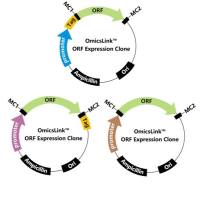Reconstitution of Endoplasmic Reticulum-Associated Degradation Using Yeast Membranes and Cytosol
互联网
互联网
相关产品推荐

Dialysis Membranes/Dialysis Membranes;MD1425-5m-
¥300

Recombinant-Danio-rerio-ER-lumen-protein-retaining-receptor-2kdelr2ER lumen protein retaining receptor 2 Alternative name(s): KDEL endoplasmic reticulum protein retention receptor 2; KDEL receptor 2
¥10668

pepA/pepA蛋白Recombinant Stenotrophomonas maltophilia Probable cytosol aminopeptidase (pepA)重组蛋白Leucine aminopeptidase;LAP;Leucyl aminopeptidase蛋白
¥1536

WHAMM Homo sapiens WAS protein homolog associated with actin, golgi membranes and microtubules (WHAMM), mRNA.
询价

Whamm Rattus norvegicus WASP homolog associated with actin, golgi membranes and microtubules (Whamm), mRNA.
询价
推荐阅读
Endoplasmic Reticulum-Associated Protein Quality Control and Degradation: Genome-Wide Screen for ERAD Components
Endoplasmic Reticulum-Associated Protein Quality Control and Degradation: Screen for ERAD Mutants After Ethylmethane Sulfonate Mutagenesis
Reticulocyte Lysate as a Model System to Study Endoplasmic Reticulum Membrane Protein Degradation

